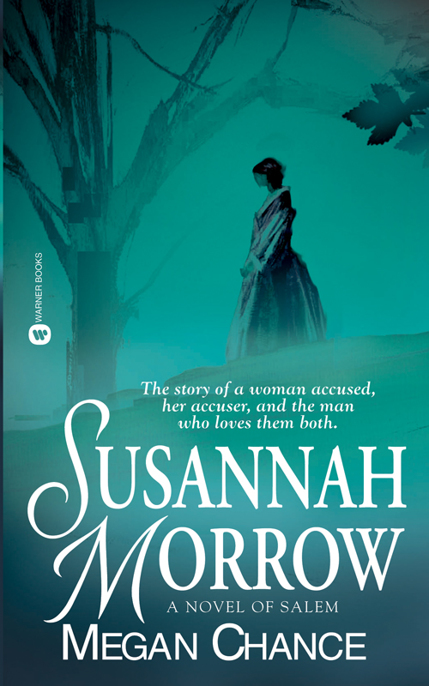
Susannah Morrow
کتاب های مرتبط
- اطلاعات
- نقد و بررسی
- دیدگاه کاربران
نقد و بررسی

September 2, 2002
The infamous Salem witch trials are staged once again in this historically accurate yet oddly flat novel. Three characters narrate the tale: 15-year-old Charity Fowler; her father, Lucas; and her maternal aunt, Susannah Morrow. The novel opens in 1691 as Charity, devastated and increasingly uncertain, struggles to cope with both the loss of her mother in childbirth and the abrupt departure of her first love. The easily led teenager seeks solace in a group of manipulative girls, who insinuate that evil is lurking in their insular, superstitious little town. As Charity loses her grasp on reason, Lucas, a God-fearing man who has tended his family the best he can but is hobbled by his piety, takes the reins of the narrative. Tormented by his sexual longings and uneasy about his stern treatment of his daughters, he commits grievous errors in judgment. The hysteria over the alleged presence of witches in the village—as documented by the crazed "fits" of young girls—has paralyzed the community when Susannah's voice takes over. Her London background and her strength, sensuality and courage inevitably make her a victim of the madness, but her lucid narration carries the reader through the horror of escalating accusations and unmerited punishment. Chance's clear-eyed narrative doesn't slide into sensationalism, but with the exception of the intriguing and well-drawn title character, it adds little to the well-known story.

September 15, 2002
Told from the perspective of a victim, her accuser, and the accuser's father, this tale of the Salem witch trials is gripping from its very opening pages. Sixteen-year-old Charity Fowler's mother has just died, and her beautiful Aunt Susannah arrives from England on the same day. Lucas Fowler, Charity's father, is a deeply religious but emotionally distant Puritan who has repressed his own love for his daughter since her birth to focus instead on saving her soul. Charity thus turns to a group of teenage girls in Salem for acceptance. When Aunt Susannah interrupts the girls' visit to a local tavern, she becomes the target of a vicious and tragic sequence of events that eventually lead to her imprisonment as a witch. Most of the supporting characters in this novel are actual historical figures who were involved in the Salem witch trials. Romance writer Chance (The Way Home) has brought believability and immediacy to this dark chapter in American history with a story that can be recommended to a wide spectrum of readers and book discussion groups. Every public library will want to own this.-Kim Rutter, Lake Villa Dist. Lib., IL
Copyright 2002 Library Journal, LLC Used with permission.

August 1, 2002
Susannah Morrow arrived in Salem town, on the eve of her sister's child-bearing death, with her red brocade bodice and all the female fineries of London. A beautiful and intuitive woman, Susannah immediately sets to caring for the Fowler family and arranging for the needs of the newborn baby, but the oldest daughter, Charity, sees Susannah's spirited ways as devious and contrary to the stringent morality of seventeenth- century Salem. Charity is a troubled girl who is mourning the loss of her beloved mother and languishing in the shadows of her own repressed misdeeds, and Susannah's attempts to comfort her niece are met with hostility, suspicion, and ultimately betrayal. Chance wonderfully intermingles fictitious characters with actual historical figures to create the spartan Puritan society that erupted into a volcano of cruelty during the Salem witch trials. The novel is precise in the dialect of the time and place, and Chance is superb at bringing to life a gray world dominated by the Bible and rooted in the seeds of fear.(Reprinted with permission of Booklist, copyright 2002, American Library Association.)

























دیدگاه کاربران